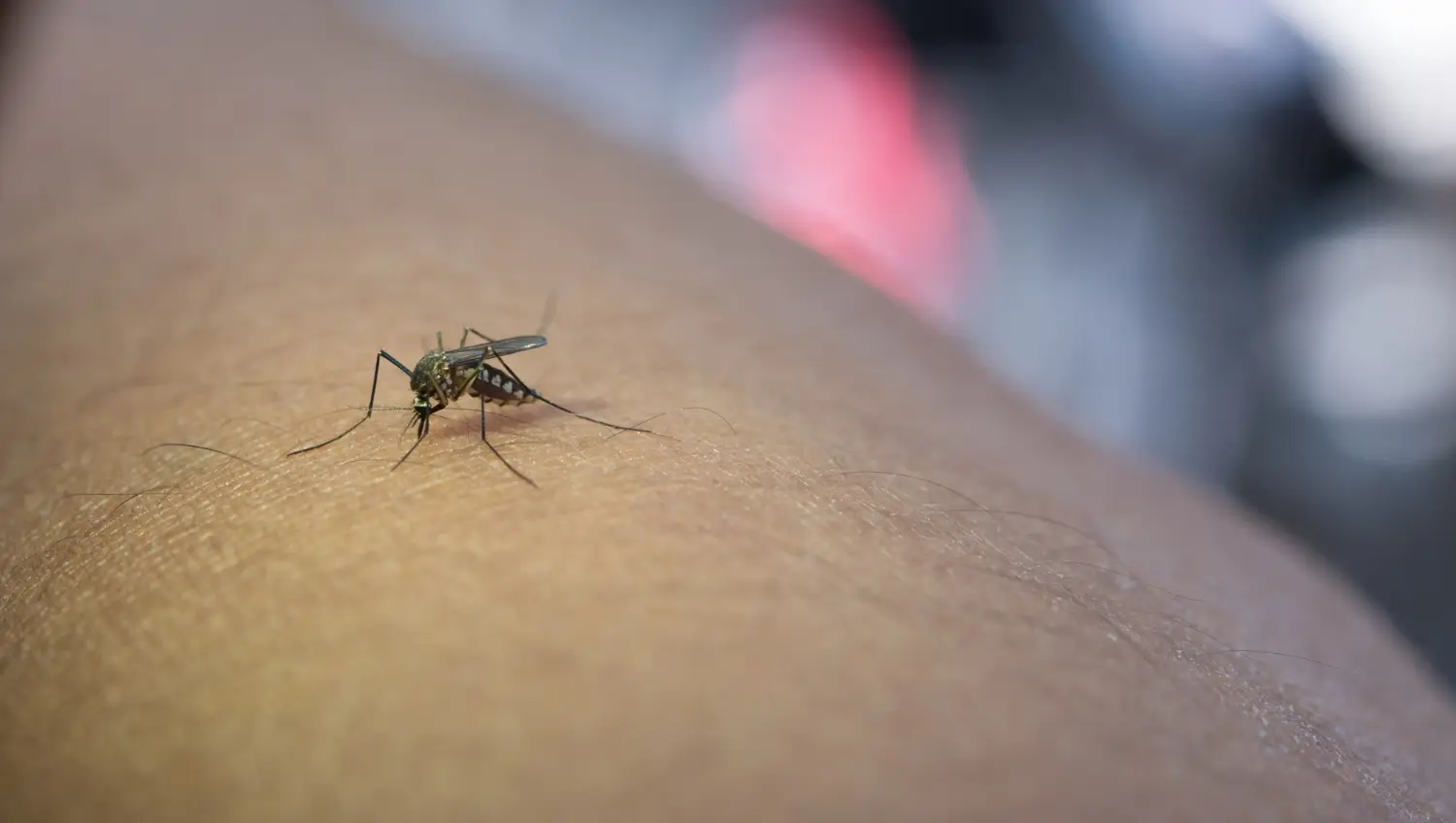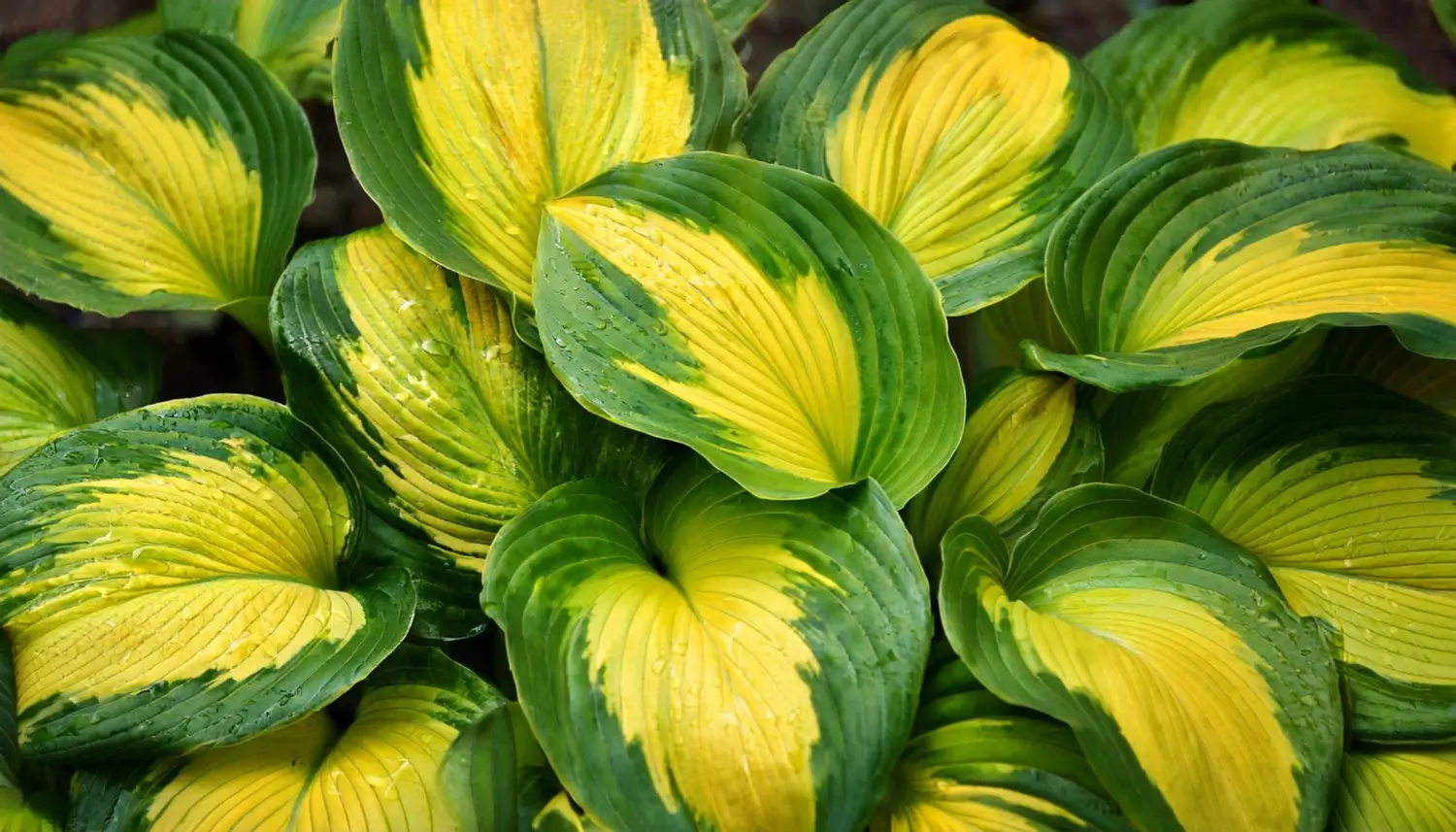
April 29, 2025

A shaded garden can become a peaceful, green retreat with the right plants. With their broad, textured leaves in shades of green, blue, and gold, Hostas can brighten even the darkest corners. These hardy plants grow where many other plants struggle, adding beauty and elegance to shaded spaces that are often overlooked.
Hostas are strong, shade-loving plants known for their attractive leaves. Originally from East Asia, they are now grown worldwide because they are easy to care for and can add texture and color to gardens with little sunlight. With many different varieties, from small to large, hostas offer a simple way to improve any garden with minimal effort.
Growcycle offers mycorrhizal products that improve root growth and nutrient absorption. These beneficial fungi can help hostas grow stronger and become more resistant to environmental stress.
Hostas, also known as Plantain Lilies, are native to East Asia, particularly China, Japan, and Korea. They have been grown in these regions for centuries and were traditionally found in forests, along riverbanks, and on mountain slopes. Their ability to thrive in shaded environments made them a common plant in temple gardens and natural landscapes.
Dutch and German botanists introduced hostas to Europe in the late 18th century. They had been cultivated for ornamental purposes in Japan. The plants quickly gained popularity in Europe due to their unique foliage, adaptability, and shade tolerance. By the 19th century, hostas had spread to North America, where they became a favorite among gardeners looking for easy-to-grow perennials for shaded areas.
Over time, plant breeders developed hundreds of hosta cultivars, creating a wide variety of leaf colors, textures, and sizes. Originally, hostas had mostly green leaves, but selective breeding introduced blue, gold, variegated, and even ruffled-edge varieties. Today, there are over 3,000 registered hosta varieties, making them one of the most diverse and widely grown shade perennials.
Hostas (Hosta spp.) are herbaceous perennials known for their broad, textured foliage and ability to thrive in shaded environments. They belong to the Asparagaceae family, which also includes plants like lilies and agave.
Hostas grow in clumps, with leaves emerging from a central crown at ground level. They can range in size from miniature varieties (6 inches or less in height) to giant varieties (over 3 feet tall and wide).
The leaves are the most distinctive feature of hostas. They are usually broad, ovate, or heart-shaped and can have smooth, wavy, or ruffled edges. The texture can be glossy, matte, or deeply veined. Leaf colors vary widely, including shades of green, blue-green, yellow, gold, and variegated patterns (such as white or cream margins).
Hostas produce bell-shaped or trumpet-like flowers on tall, leafless stalks called scapes. These flowers bloom in summer and rise above the foliage in lavender, purple, pink, or white shades. Some varieties have fragrant flowers that attract pollinators like bees and hummingbirds.
Hostas have a fibrous root system that spreads through underground rhizomes. This allows them to form dense clumps over time. They can be easily divided and transplanted, making them a versatile garden option.
Hostas are slow-growing but long-lived perennials, often thriving for decades with proper care. They are primarily shade-loving, though some varieties tolerate partial sun. They enter dormancy in winter, with the foliage dying back and regrowing each spring.
Hostas come in thousands of varieties, differing in size, color, leaf texture, and growth habits. They range from tiny, compact plants perfect for borders to large, dramatic specimens that serve as garden focal points. Here are some of the most popular hosta varieties, grouped by size and characteristics:
These small hostas are ideal for container gardens, rock gardens, and edging pathways.
These varieties are suitable for borders, ground cover, and mixed shade gardens.
These hostas make excellent focal points in shaded gardens.
These impressive hostas are perfect for large landscapes and shady corners.
These hostas have a waxy coating on their leaves, giving them a bluish hue.
Shaded gardens often challenge gardeners, as many plants struggle to grow in low light. However, hostas are the perfect solution, bringing lush foliage, vibrant colors, and easy maintenance to these areas.
Hostas are among the best plants for shaded gardens because they have adapted to grow in low-light conditions. Their broad leaves are designed to efficiently capture and utilize limited sunlight, allowing them to thrive under trees, along fences, or in areas where other plants struggle. Unlike many sun-loving plants requiring direct light, hostas can flourish in full to partial shade, depending on the variety.
One of the biggest advantages of growing hostas is their low maintenance needs. Once established, they require minimal watering and fertilizing, as they are naturally drought-tolerant and can adapt to different soil conditions. While occasional watering is beneficial during dry periods, they do not need frequent attention like some flowering plants.
Hostas are prized for their ornamental foliage, which is crucial in shaded garden design. Their textured leaves add depth and movement, creating an elegant, layered look in areas with limited sunlight. With so many varieties available, gardeners can mix different leaf colors, shapes, and sizes to create stunning contrasts.
In addition to foliage, hostas also produce graceful, bell-shaped flowers in summer, adding extra interest to the garden. Their ability to soften hardscapes, fill empty spaces, and complement other shade plants makes them an excellent foundation plant for shaded landscapes.
A well-planned shaded garden with hostas can create a lush, low-maintenance landscape. To achieve this, it is important to understand the garden’s conditions, choose the right hosta varieties, and pair them with suitable companion plants. Proper arrangement and design can help hostas thrive and bring out their full beauty.
Before planting hostas, it is important to know how much shade and sunlight the garden receives. Some areas get deep shade, while others have partial shade, meaning they receive a few hours of sunlight.
Soil quality also matters. Hostas grow best in moist, well-draining soil that contains organic matter like compost or mulch. Checking the soil before planting helps ensure the best conditions for healthy growth.
Different hosta varieties suit different spaces. Some grow well in small gardens or containers, while others are better for large landscapes. Selecting the right type based on size and growth habits helps prevent overcrowding.
Hostas look even better when planted with companion plants that grow well in the shade. These plants add variety and make the garden more colorful and interesting. Some great options include:
Mixing hostas with these plants gives the garden more depth, texture, and year-round interest.
There are many ways to arrange hostas in a garden. Their leaf shape, color, and size make them a flexible choice for different landscaping styles.
Hostas are hardy perennials that thrive when planted in proper soil, given the right amount of water and nutrients, and maintained with simple care techniques. By following these guidelines, gardeners can ensure healthy and vibrant hostas year after year:
Hostas grow best in rich, well-draining soil that stays moist but does not become soggy. The ideal soil pH is between 6.0 and 7.5, which is slightly acidic to neutral. Adding organic matter like compost or aged manure improves the soil structure, helping hostas develop strong roots.
If the soil is too sandy, mixing in compost or peat moss helps it retain moisture. If it is too clay-heavy, adding sand and organic matter improves drainage and prevents water from pooling around the roots. Properly preparing the soil before planting ensures that hostas grow strong and healthy.
The best time to plant hostas is in spring or early fall, when the weather is cool, allowing the plants to establish roots before extreme temperatures arrive.
When planting, it is important to:
Arranging hostas in groups, borders, or mixed plantings creates an attractive landscape. Spacing them well also ensures good airflow, reducing the risk of disease.
Hostas need regular watering, especially during dry spells. The soil should remain moist but not waterlogged. A good rule is to provide about 1 inch of water per week, either through rainfall or irrigation. Watering deeply and less frequently helps roots grow stronger compared to light, daily watering.
For healthy growth, fertilizing can be beneficial. Organic options like compost or well-rotted manure provide slow-release nutrients. Synthetic fertilizers, such as a balanced 10-10-10 or 12-12-12 formula, can be applied in spring and early summer. Avoid fertilizing too late in the season, which encourages soft growth that may not survive winter.
Mulching is an excellent way to retain moisture, prevent weeds, and regulate soil temperature. A 2–3 inch layer of organic mulch, such as shredded bark, compost, or pine needles, helps keep the roots cool and reduces evaporation.
Hostas require little pruning, but removing dead or yellowing leaves in late summer or fall keeps them looking tidy. Flowers can be left to bloom or trimmed after flowering to direct energy back to the leaves.
Dividing hostas every 3–5 years helps control their size and rejuvenates older plants. The best time to divide hostas is in early spring or fall, when mild temperatures exist.
Steps for dividing hostas:
Dividing hostas improves their health, increases airflow, and allows gardeners to expand their gardens or share plants with others.
Even though hostas are hardy and low-maintenance, they can face some challenges. Identifying and solving these problems helps keep hostas healthy and thriving:
One of the biggest problems for hostas is pest damage, especially from slugs and snails. These pests chew holes in the leaves, leaving ragged edges and slimy trails behind. Other critters like deer and rabbits may also feed on hostas.
Ways to control pests:
Hostas are generally disease-resistant, but some fungal and viral infections can occur, especially in damp conditions. Common diseases include:
To reduce disease risk, plant hostas in well-draining soil, avoid overhead watering and remove dead leaves regularly. Keeping plants healthy is the best way to prevent infections.
Hostas can struggle in extreme weather conditions, such as too much moisture or drought. Proper care adjustments help them survive challenging conditions.
Are hostas easy to grow?
Yes, hostas are low-maintenance and thrive in shaded areas with minimal care.
Do hostas attract pollinators?
Yes, hosta flowers attract bees and hummingbirds.
What is the most beautiful hosta?
Beauty is subjective, but ‘June’ is often considered one of the most stunning hostas due to its striking blue-green leaves with gold variegation.
Hostas are a fantastic choice for shaded gardens, offering lush foliage, diverse colors, and easy maintenance. Their adaptability, resilience, and ability to thrive in low-light conditions make them a staple in many landscapes. With thousands of varieties to choose from, gardeners can create stunning displays using different sizes, textures, and colors.
Anyone can enjoy a thriving, low-maintenance garden by selecting the right hostas, pairing them with suitable companion plants, and following proper care techniques. Whether used as ground cover, focal points, or container plants, hostas bring elegance and charm to any outdoor space. Explore Growcycle to learn more about different varieties of Hostas to thrive gardens beauty.
Disclaimer: This material is for informational purposes only and should not be relied on for legal, medical, financial, or any other form of professional advice.